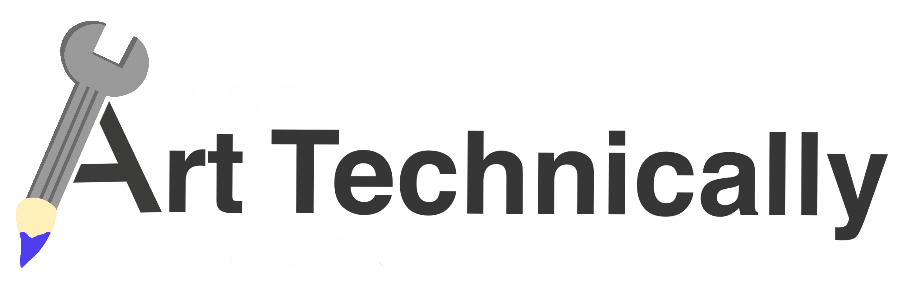Lighting Design
The “Lighting Design” curriculum teaches students lessons on physics, color theory, engineering, Computer Aided Design (CAD), and technical theatre through a series of chapters on stage lighting design from hanging and focusing stage lights to creating industry standard lighting blueprints with CAD. The lesson plan ends with a final project showcasing student lighting designs with options for all sorts of learning spaces.
Chapters
- Workshop Introduction
- Basic Theory
- Lighting Setups and Equipment
- Electronics
- Practical: Hang and Focus
- Design
- From Designer to Master Electrician: The Design Process
- Mathematics of Lighting Setups
- Physics of Light and Color
- Color Theory and Lighting Gels
- Fancifying: Special Lighting and Gobos
- Practical: Lighting with Color
- Practical: Creating Gobos
- Plotting
- Vellum Plotting / Blueprints
- Computer Aided Design
- Practical: AutoCAD and VectorWorks
- Putting it All Together
- Review of Lighting Design Process
- Final Project: Making a Show
Subjects: Physics, Electronics, Engineering, Theatre, Design, Mathematics, Computer Science
Age Range: 8th – 12th Grade
Difficulty: Chapters range from Intermediate to Challenging
Time: 20-30 hours
Materials:
- Ellipsoidal Reflector Spotlight(s) (ERS)
- Fresnel light(s)
- Proper equipment for your space for hanging lights (i.e. battens, ladders, safety chains)
- Heat resistant gloves
- Crescent wrenches
- A lighting gel swatchbook (recommended: Rosco Lab’s Roscolux swatchbook)
- An assortment of usable lighting gels
- At least one metal gobo and gobo frame
- A light board / associated wiring
- Vellum Paper and Engineering plotting tools
- Computers with CAD software



